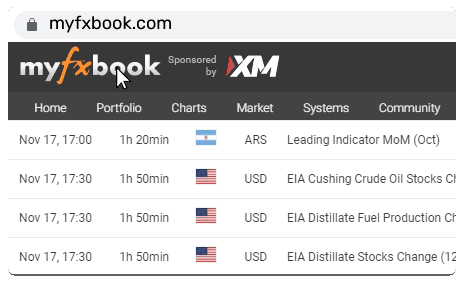A 25bps Cut and Bullish USD, how is that Possible?

The recent weakness in the U.S. dollar, as observed ahead of the Federal Reserve's anticipated rate cut, aligns with historical precedents. This trend often signals the market's expectation of forthcoming monetary easing, a phenomenon that has been consistently documented over time. The Dollar Index (DXY), a key gauge of the dollar's value against a basket of major currencies, typically exhibits a decline prior to the Fed's initial rate cut. However, what is particularly noteworthy is the dollar's tendency to rebound strongly in the aftermath, especially during periods of economic recession. This pattern can be attributed to market behaviour, where the anticipation of looser monetary policy initially exerts downward pressure on the currency, but as liquidity improves and economic conditions stabilize, the dollar strengthens once again.
FED CUTS
Source: X – Lance RobertsThis cyclical movement in the dollar is reflective of broader financial conditions. In the initial phase of monetary easing, markets anticipate lower interest rates, which tend to reduce the appeal of holding dollar-denominated assets due to the prospect of lower returns. However, as the rate cuts take effect and liquidity increases, the economy often finds its footing, particularly during a recession, leading to renewed strength in the dollar as risk appetite improves and economic growth stabilizes.
Looking beyond the dollar’s trajectory, historical data on the performance of the S&P 500 (SPX) following the Federal Reserve's first rate cut offers additional insight into how financial markets react to shifts in monetary policy. A close examination of the S&P 500 returns three, six-, and twelve-months post-cut reveals varied outcomes that are heavily influenced by whether the broader economy is experiencing a recession or not.
During non-recessionary periods, such as the rate cuts observed in 1984, 1987, 1989, and 1995, equity markets generally reacted positively to the easing of monetary policy. For instance, after the 1995 rate cut, the S&P 500 posted impressive gains, advancing 13% over the following six months and 22% over the next year. This robust performance underscores how rate cuts in a stable or growing economic environment tend to bolster investor sentiment, leading to substantial stock market gains
FED Rate Cut Cheat Sheet
Source: X – ZerohedgeIn contrast, during recessionary periods, such as in 2001 and 2007, the market's reaction to rate cuts was far more negative. The 2007 rate cut, which came amid the unfolding financial crisis, saw the S&P 500 fall by 3% after three months, 11% after six months, and 18% by the end of the year. This sharp decline reflected investor scepticism about the effectiveness of monetary easing in the face of deteriorating economic conditions. Despite the Federal Reserve's efforts to stabilize the economy through lower rates, the underlying recessionary pressures outweighed the potential benefits of increased liquidity, resulting in significant losses in the equity markets.
This content may have been written by a third party. ACY makes no representation or warranty and assumes no liability as to the accuracy or completeness of the information provided, nor any loss arising from any investment based on a recommendation, forecast or other information supplies by any third-party. This content is information only, and does not constitute financial, investment or other advice on which you can rely.



















